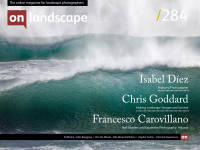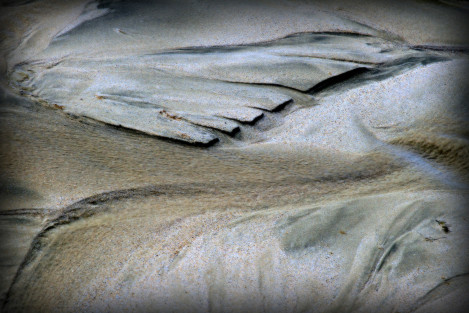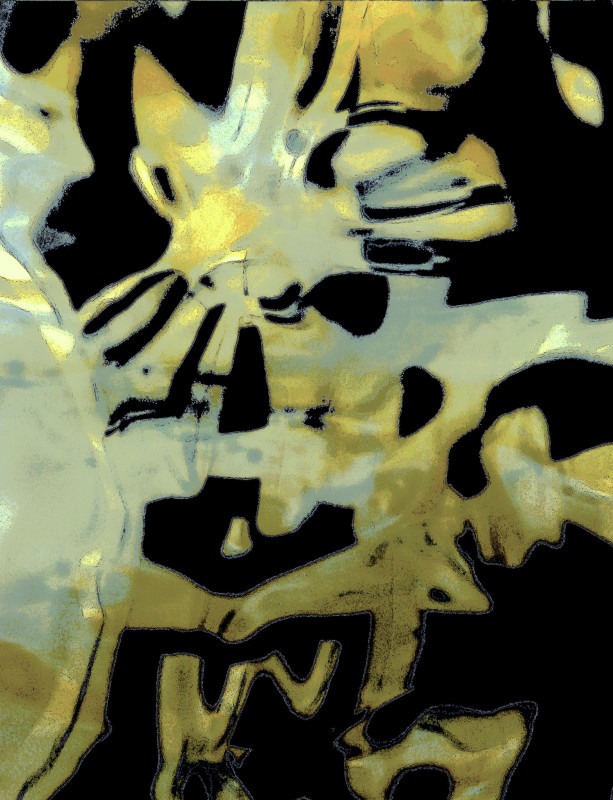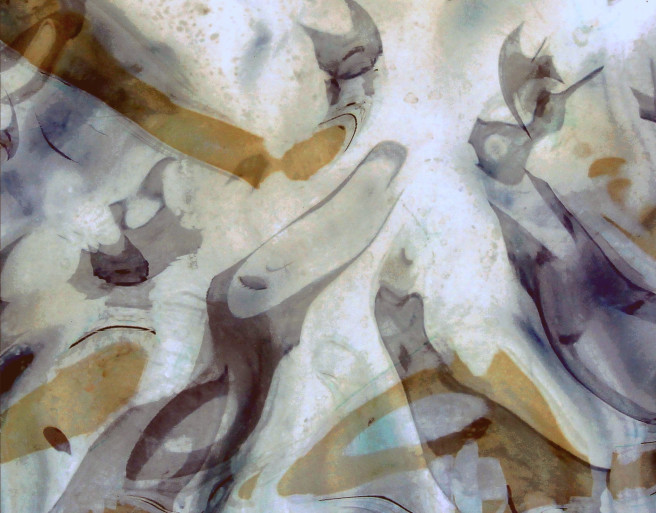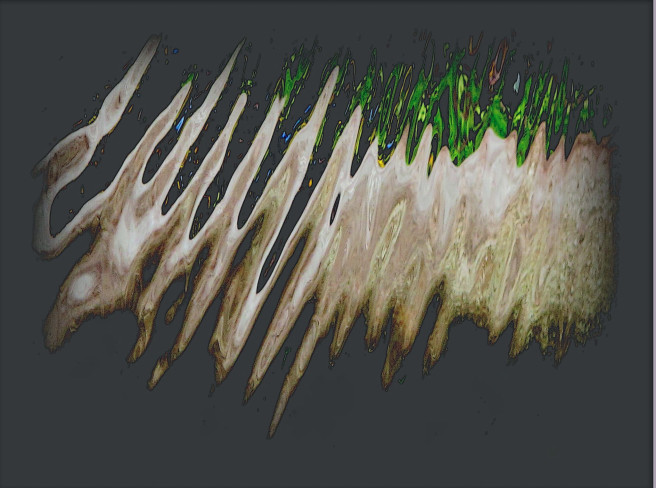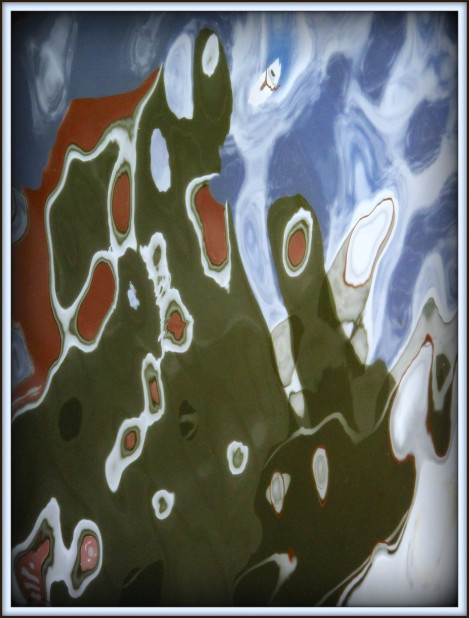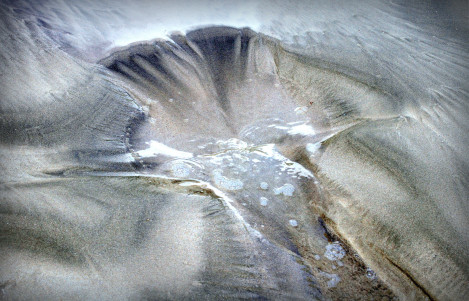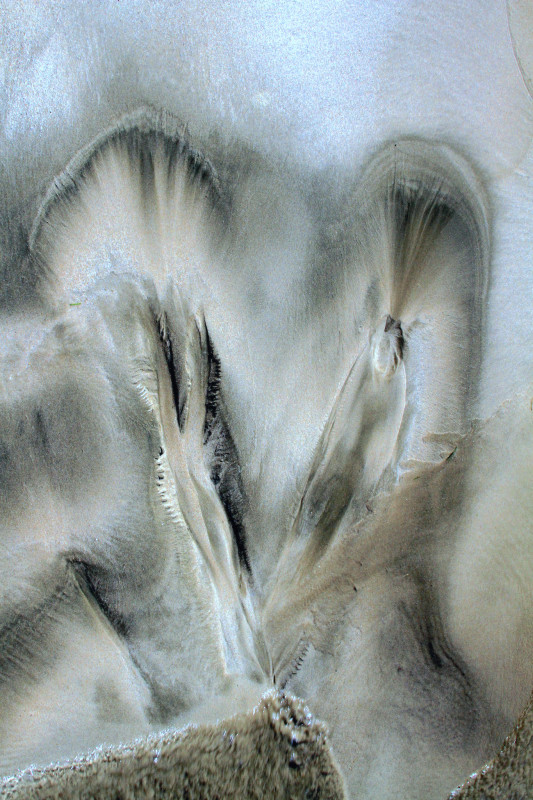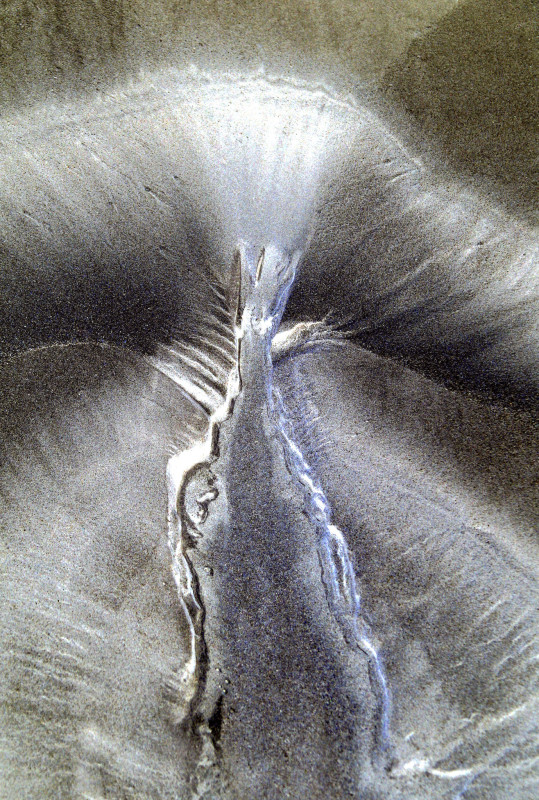Photography of the ephemeral

Haydee Yordan
Haydee Yordan, contemporary artist expressing herself via the photographic medium, was born and educated in Puerto Rico. Studied Montessori Education in Italy, lived in UK and has had the opportunity of traveling and tasting other cultures.
Her main interests have been education and her photography projects. Was highly influenced by her young students’ vivid imaginations. She adds: “As all of us, I am a product of all the experiences I carry with me in my life’s suitcase.”
I have always been attracted, even spellbound, by photography and its capacity to reproduce something lived. At first, it was analogue photography, then came digital photography and altering course to digital meant a challenge for me.
In the meantime, I had some academic related jobs. One with university professors doing research and later, as an elementary Montessori teacher. These were the formal jobs from which I received an income. Nevertheless, my interest in photography never faded away, even though I did not receive any income from my photographic calling.
Besides travelling and years studying abroad, I have always lived in Puerto Rico, one of the Caribbean islands in Central America. The Island was first colonised by Spain; this explains our Spanish language and heritage. Later, in 1898, Puerto Rico was acquired by the United States as a war bounty and still remains a colony of the U.S. We have had to live with recurrent political, socio-cultural and racial discrimination. As a Puerto Rican women and artist working with the photography medium, it has been difficult to get a healthy and fair exposure to my photographs. But I was stubborn enough to continue making “my abstract-style” artwork.
Some years passed, and a better economic family situation allowed me to focus full-time to develop my photography the way I felt correct. Photographing what everybody could see and reproducing the obvious seemed repetitive. It was then I felt a clear commitment to developing a photographic language that would respond more to my intuition and imagination than to what my eyes could see. From this moment on, and with overflowing enthusiasm, I fully dedicated my time and effort to discovering the magic of all that was hidden from my eyes or difficult to see.
Photographing hidden details, like glass or metal reflections and sand patterns in the seashore, almost always resulted in abstract and expressionist photographs, which I saved on my computer, just accepting shallow rewards from observers. I enthusiastically continued my work, hoping my photos might someday result in some photographic “usefulness”.
And, like an explosion, we were all attacked by a virus. A pandemic enfolded the world and brought us solitude and disease, together with enough time to think and do some retrospection to examine emotional and creative processes.
Under these circumstances, I decided to revisit all my photographs, to focus on them with a critical attitude and to discern them anew. I found some interesting facts. My photos were mostly abstract. The photographic subjects were of short duration, ephemeral, and some were even impossible to see. Most importantly, I found a connecting thread within them which helped me realize that I had found what I had been committed to: my photographs responded heavily to my intuition, imagination and discovery of forms I had not seen nor known before. My camera, channelled by intuition, captured hidden worlds I had imagined and discovered. My photographs were impossible to reproduce because the ephemeral subjects soon disappeared, possibly gone forever. The photographs possessed little bits of my intuition, imagination and a lot of my discovery. I felt fortunate to find my artwork was innovative and creative enough to share with the photographic community.
This was when I decided to self-publish. I felt that if I managed to publish my photographs, I would give them “life” and “wings to fly”. Self-publishing seemed the best way. I started the project by deciding to use a simple format. I organized the photos by themes or intimate experiences and wrote bilingual texts of what I remembered about my feelings and creative processes at the time I made them. Enthusiasm was all over me. It took some writing, translation, editing, photo selecting and proofreading. My project resulted in a bilingual photo book titled “Intimate Experiences - Photography of the Ephemeral”. It contains 108 color photographic images, 97 pages organised in 7 seven themes, and bilingual texts about my thoughts, feelings, and sorrows.
The project was not economically motivated but mainly as an intent to give my artwork some needed exposure. This is why I have sent an independent copy of the photo book to whom I consider extraordinary photographers, artists, art philosophers and Institutions. (Bullock Foundation, Circle Foundation for the Arts, Aperture, On Landscape, Lenswork and also, Bruce Barnbaum, Guy Tal, Juan Carlos Jorge, Keith Beven, and others.)
I want to share some afterthoughts about including texts in the photographs. Text about the artist's feelings will help observers relate to the artwork. Personal texts will facilitate the observer's experience of the information contained in the artwork, thus, enhancing the understanding of the artwork. For years photographic art has been presented in galleries, photo books and museums without any type of expressive resource from the artist except the visual itself and a title. It has been widely accepted that photographic art is a visual art and that visual information is all that is needed to “understand” the photograph; this seems not enough to me.
If we give a quick look and compare photographic art and film art, we soon acknowledge that both are visual arts. Nevertheless, film art uses plenty of resources, besides the visual, like: script writing, acting, vast editing, music, dialogue, text and even language translations, all of which are meant to provide the observer with a profound experience and enjoyment of the complexities of the film; whereas artistic photographs’ expressive resources are painfully limited to the visual and perhaps a title. Why not procure an enjoyment of the complexities of photographic art where artists also share their intense feelings? Film art has been able to mix several arts to end up with a more intimate understanding of the artist’s intention and expression. At its origins, films were silent and markedly limiting. Film art has evolved, bringing about a more profound viewer understanding of the film. Why should photographic art pursuers limit their artwork only to the visual? Why has photographic art limited itself, both in the processing and in the exposure resources? Photographic art needs to expand “its wings” and incorporate some resources. I may suggest artists’ intimate texts can be one of them.
Let me share a vivid example of the benefits of including text in the art photographs. A dear friend called me asking to please “explain” one of my sand photos he saw on the Internet. I understood he was not in need of an “explanation” per se, but rather some personal sharing of my “what and whys” when I made the photo. I invited him for lunch and, once there, limited myself to reading the following text about my feelings about sand and water:
“I love the sand and the water. I learned to love them when I was little when I spent summers on a beautiful uninhabited small island… The sand and the water represented maximum freedom for me. I enjoyed them as I pleased. I would… sleep on the sand stargazing. There I lived days of freedom and wildlife.
Later, responding to the call of the sea, I lived very close to the beach. There I discovered the continuous and changing 'symbiotic' relationship between the sand and the water. I searched for details at different beaches and realised they didn't last long, but I was convinced there was much to be photographed.
I was cautiously searching for the moment when the water would meet the sand. It amazed me to think that a small splash of water, on the crest of a wave, had crossed the entire Atlantic Ocean to finally reach those grains of sand. The water would reach that point, wet the sand and, once again, return to the sea. It felt like a fantasy. I imagined that encounter as "an immense kiss”… the water was kissing the sand. It seemed like an epic poem that only true love could endure.
That is how, to me, all designs and patterns on the sand became metaphoric testimonies of great love. Perhaps this explains why I photographed this moment so passionately and even found their sensuality.
That is how I felt them. That is how I experienced them.
In the face of such exuberance, the patterns and designs left by the water on the sand,… became my favourite ephemeral subjects. For many years I photographed them, and they have always produced in me feelings of love, awe and humility. I hope you can perceive these feelings in my photographs and can rejoice in them.
When I finished reading, all he muttered was “It is unfair to observe art not knowing the inside information… we miss so much!”
Today I am satisfied for having been stubborn, for having followed my “expressive instinct”, for having self-published, for having included texts, and for having dedicated the book to: “my photographs” because…“by publishing them I give them life… and through them I live.”

